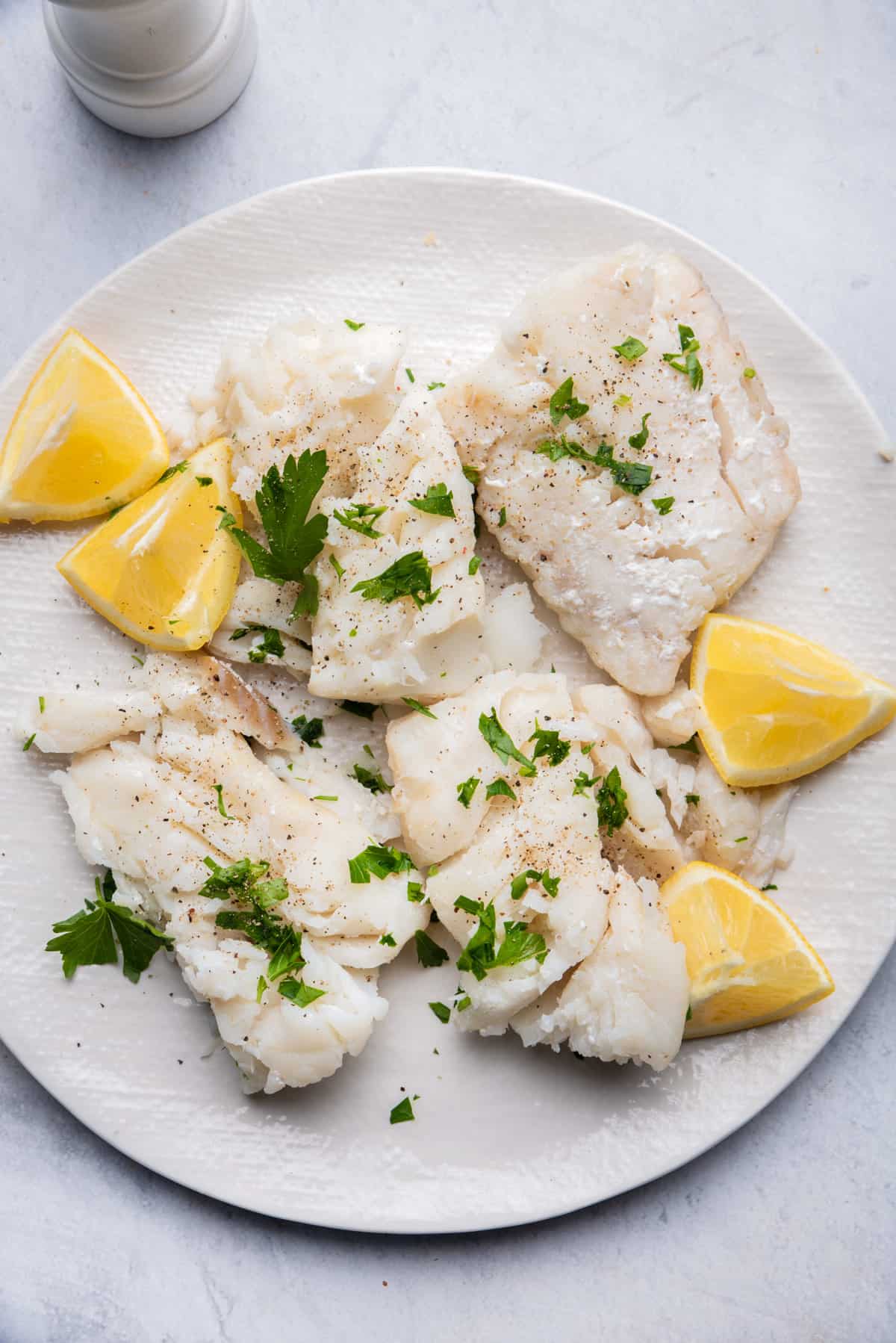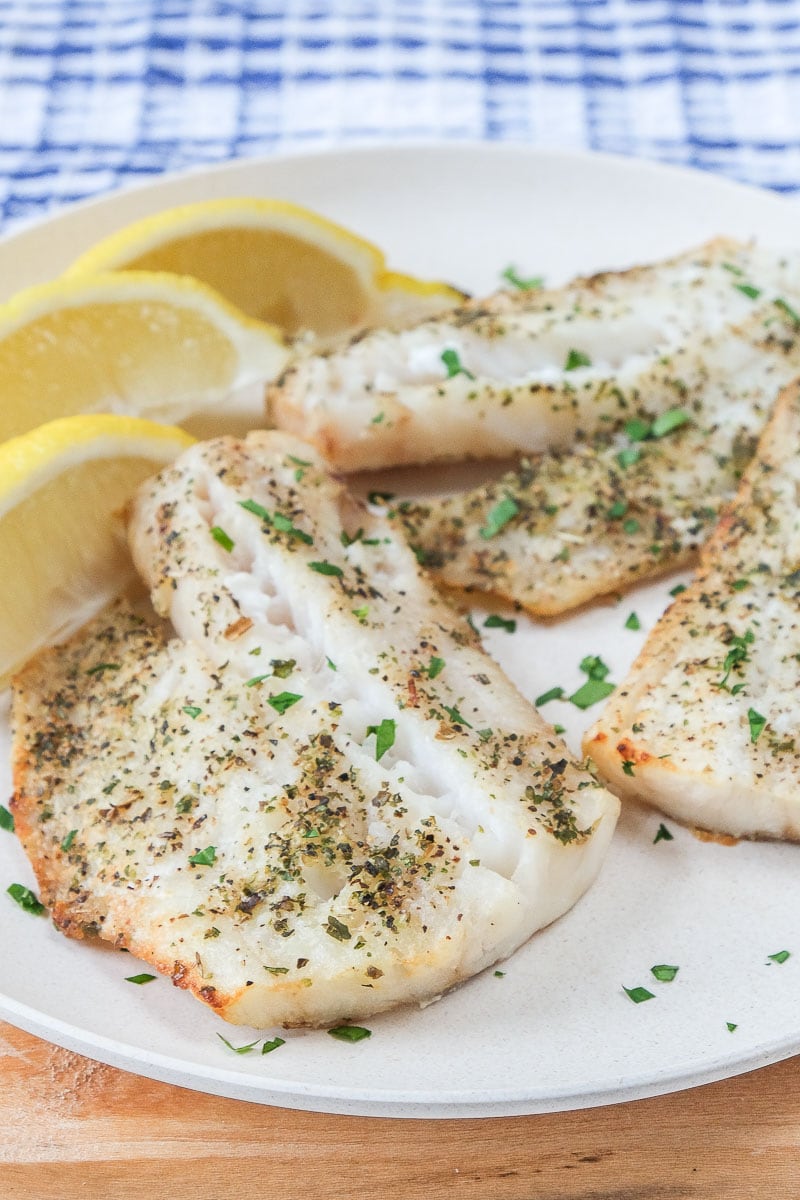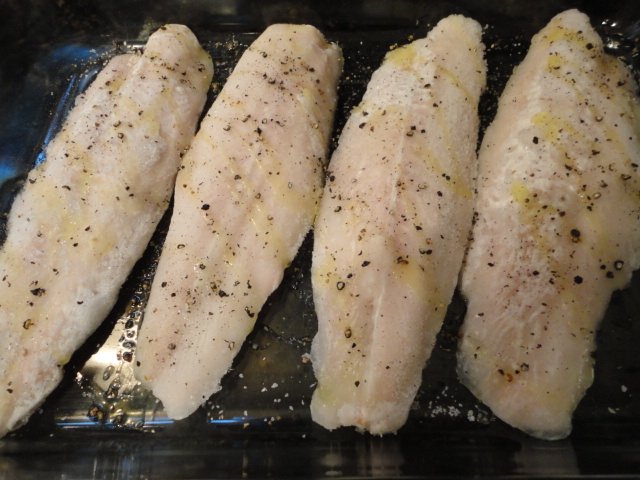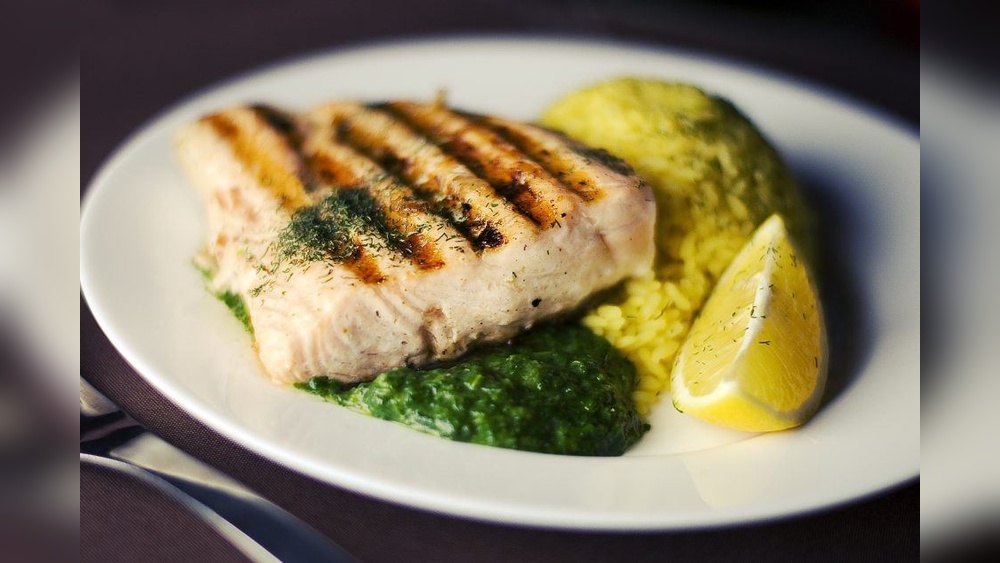Have you ever reached for fish in your freezer, only to wonder how to cook it without turning it into a mushy mess? Cooking frozen fish might seem tricky, but with the right approach, you can enjoy a delicious, perfectly cooked meal straight from the freezer—no thawing needed.
Whether you want a quick weeknight dinner or a healthy option ready in minutes, knowing the best methods to cook frozen fish will save you time and frustration. Keep reading, and you’ll learn simple, foolproof tips to make your frozen fish taste fresh and flavorful every time.
Choosing Frozen Fish
Frozen fish comes in many types, but some work better for cooking. Fish like salmon, cod, haddock, and tilapia are great choices. These types hold their shape well when cooked from frozen.
Check the fish for clear eyes, firm flesh, and no strong smell. These signs show good quality and freshness. Avoid fish with slimy texture or off odor.
Good packaging keeps fish fresh. Look for vacuum-sealed packs or tightly wrapped fish. Make sure there are no tears, leaks, or frost buildup. Proper packaging helps prevent freezer burn and preserves taste.

Preparing Frozen Fish
Rinse frozen fish under cold water to remove all ice crystals. This step helps the fish cook evenly and prevents sogginess. Use your hands to gently rub off any frost or ice on the surface.
Pat the fish dry with paper towels. Drying removes extra moisture that can cause steam instead of a nice sear or crisp. Make sure the fish feels dry to the touch before cooking.
Season frozen fish simply. Use salt, pepper, lemon juice, or your favorite herbs. Seasoning boosts flavor and works best when the fish is slightly dry. Avoid heavy marinades on frozen fish because they may not soak in well.
Best Cooking Methods
Baking cooks frozen fish with even heat. Place the fish on a baking tray. Use foil to keep moisture in if you like. Bake at 400°F (200°C) for 20-25 minutes. This method retains flavor and cooks fish through without drying it out.
Broiling makes the fish surface crispy. Put fish close to the broiler heat source. Broil for 5-7 minutes per side. Watch carefully to avoid burning. This method adds a nice texture while keeping inside moist.
Steaming is great for tender fish. Use a steamer basket over boiling water. Steam fish for 10-15 minutes depending on thickness. This locks in moisture and keeps the fish soft and flaky.
Poaching cooks fish gently in hot liquid. Use water, broth, or wine. Keep temperature low, below boiling. Poach for 10-12 minutes. This method preserves moisture and produces very soft fish.
Avoiding Common Mistakes
Pan-searing frozen fish often fails due to excess moisture on the surface. This moisture creates steam, which stops the fish from getting a crispy, golden crust. To avoid this, rinse the fish under cold water and pat it very dry with paper towels before cooking. Excess water on the fish causes it to cook unevenly and become soggy.
Overcrowding the pan is another common mistake. When too many pieces are cooked together, the temperature drops. This causes the fish to steam rather than sear. Always cook fish in a single layer with space around each piece. This helps the heat circulate and gives a nice crust.
Adjusting Cooking Times
Frozen fish needs extra cooking time to cook fully. Usually, add about 3 to 5 minutes more than fresh fish. This helps the inside heat up properly without burning the outside.
Check if the fish is done by looking at its color and texture. The flesh should be opaque and flaky. If it looks translucent or feels rubbery, it needs more time.
Using a food thermometer is the most reliable way. The internal temperature should reach 145°F (63°C). This ensures the fish is safe to eat and perfectly cooked.
Tips For Flaky Texture
Proper heat control is key for flaky fish. Use medium heat to cook frozen fish slowly. High heat can burn the outside and leave the inside raw. Cooking on low or medium heat helps the fish cook evenly and stay moist.
Wrapping fish in foil or parchment locks in steam. This keeps the fish tender and prevents drying out. It also helps the fish cook gently, preserving the flaky texture.
After cooking, let the fish rest for a few minutes. Resting lets juices spread inside the fish. This makes the fish moist and easy to flake apart with a fork. Avoid cutting the fish right away.
Cooking Frozen Fish In Appliances
Oven cooking frozen fish requires setting the oven to 400°F (200°C). Place the fish on a baking sheet lined with parchment paper. Bake for about 20-25 minutes, adding a few extra minutes compared to thawed fish. This method helps to cook the fish evenly and keeps it moist inside while crisping the edges.
Air fryer techniques are great for frozen fish because they cook quickly and make the fish crispy. Set the air fryer to 390°F (200°C) and cook the fish for 10-15 minutes. Flip the fish halfway through for even cooking. No need to thaw; just season and place directly in the air fryer basket.
Steaming devices keep frozen fish tender and juicy. Place the fish in a steamer basket over boiling water. Cover and steam for 10-12 minutes until the fish flakes easily with a fork. This method is gentle and works well for delicate fish types.


Frequently Asked Questions
What’s The Best Way To Cook Frozen Fish?
Rinse frozen fish to remove ice, pat dry, then bake, broil, or steam. Add seasonings and cook slightly longer than fresh fish for best results. Avoid pan-searing to prevent steaming.
Can You Cook Fish Straight Out Of The Freezer?
Yes, you can cook fish straight from the freezer. Rinse, pat dry, then bake, broil, steam, or poach. Avoid pan-searing frozen fish to prevent steaming instead of browning. Adjust cooking time by a few extra minutes for best results.
Should Frozen Fish Be Thawed Before Cooking?
Frozen fish does not need to be thawed before cooking. Rinse off ice crystals, pat dry, then bake, broil, steam, or poach. Cooking times may increase slightly. Avoid pan-searing frozen fish, as moisture prevents proper browning.
Can You Cook Fish From Frozen In The Oven?
Yes, you can cook fish from frozen in the oven. Rinse off ice, pat dry, season, and bake with extra cooking time.
Conclusion
Cooking frozen fish is simple with the right steps and care. Always rinse and dry the fish well before cooking. Choose baking, broiling, steaming, or poaching for best results. Avoid pan-searing frozen fish to prevent sogginess. Season your fish after partial thawing during cooking.
Cook fish in a single layer to ensure even heat. Adding a few extra minutes helps cook frozen fish fully. These tips keep your fish tasty and moist every time. Enjoy easy, healthy meals without waiting for thawing. Cooking frozen fish can save time and still taste great!

